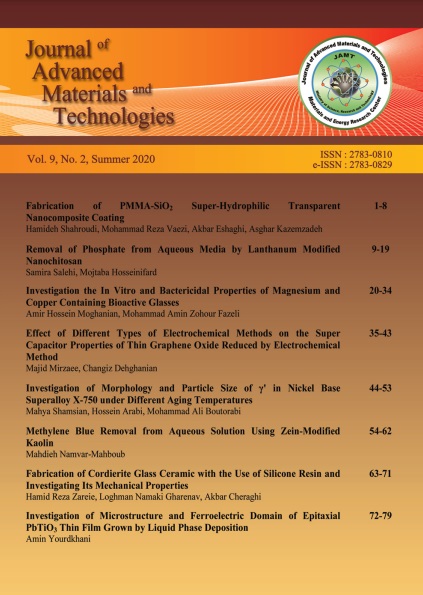Document Type : Original Reaearch Article
Authors
Department of Science and Metallurgy, University of Iran Science and Technology, Tehran, Tehran, Iran
Abstract
Nickel-based superalloys, due to their unique properties such as tensile strength, creep strength and fatigue strength as well as high temperature corrosion and oxidation resistance, have a special place in the oil and gas industry, space vehicles, submarines, reactors, military electric motors, chemical ships and heat exchanger tubes. Among the nickel base alloys, Inconel X-750, a hardened sediment alloy, was investigated under different heat treatment cycles. First, all samples were dissolved in the same size for 2 hours at constant temperature 1155 ± 5 °C. Then they were cooled in the furnace at low cooling rates and aged at constant temperature for 24 hours at four different temperatures of 600, 705, 760 and 845 °C. In the literature, studies of microstructures by light and electron microscopy showed that both environmental and cooling conditions after solution and aging treatment affect morphology, volume fraction and particle size of primary and secondary gamma prime. As the temperature of the aging process increases, the morphology of the γ' will shift from a spherical to a cubic state and become larger while its volume fraction would decrease. The aging temperature also plays an important role in the formation of the precipitate free zone (PFZ) around the grain boundary which means that with the increase of the aging temperature, the thickness of PFZ would be increased.
Keywords
- Nickel Base Superalloy
- Inconel X-750
- Heat Treatment of Nickel Base Superalloys
- Particle Size of γ'
- Morphology of γ'
- PFZ Thickness
Main Subjects

